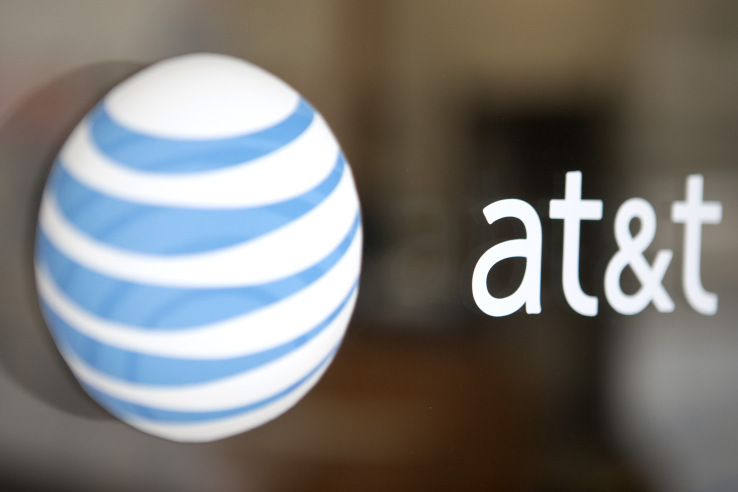
A federal court has ruled against AT&T in a long-running case that found itself tied up in the net neutrality debate. AT&T had argued that the 2015 FCC order classifying it as a common carrier let it off the hook in a case brought against it by the FTC — which has no authority over common carriers. The case has been heard and reheard, but hopefully this judgment is the last.
The FTC suit alleged that AT&T illegally throttled mobile users with “unlimited” plans between 2011 and 2014. As the case was being heard — slowly — the 2015 net neutrality order came into effect, changing AT&T’s broadband offerings from “information services” to “telecommunications services,” a much-debated distinction you can read more about here.
The effect was to shift AT&T from being under the FTC’s authority to the FCC’s, which is the designated agency for common carrier telecoms. AT&T said this retroactively stripped the FTC of its authority to pursue the case, and furthermore that because telephone services have always telecommunications, then if AT&T offered them it must be a telecommunications provider through and through. (Notably it did not make this argument before, when being a common carrier would have been inconvenient.)
It’s been argued back and forth and AT&T has put off the suit for as long as possible. But today 9th Circuit Judge M. Margaret McKeown issued an opinion en banc (meaning with all judges weighing in) soundly putting the company’s arguments to rest. She writes:
AT&T repackages the failed arguments made by regulated parties in such cases: it claims company-wide protection from the FTC because it engaged in some activities performed by an exempted party—in this case, a common carrier. Courts routinely rejected such arguments in these cases, instead favoring the FTC’s broad enforcement authority.
The conclusion is that companies like AT&T are common carriers when they are offering common carrier services, and aren’t when they aren’t. This “activity-based” rather than “status-based” determination has been upheld for more than a century, McKeown points out.
She also puts down the idea that a company can’t be regulated by both agencies, calling this case “a classic example of concurrent jurisdiction with two agencies sharing regulatory oversight. In the administrative context, two cops on the beat is nothing unusual.”
That’s quite in line with the FCC’s position that the two agencies can and should work together. The difference between this FCC and the previous one is that this FCC is going to let the FTC take on pretty much the entire consumer protection side of broadband regulation; the previous FCC determined that it, as an expert agency in these matters, should establish preemptive rules against certain practices.
One can see why the latter might be preferred: the throttling AT&T engaged in started in 2011, the FTC didn’t get started on it until 2014, and here we are still arguing in 2018 over whether or not the FTC even had the authority in the first place. The reactive nature of the FTC’s process means that complaints like this one may very well take years to figure out, by which time of course the industry may have moved on and it will be too late to help the consumers affected. Clear rules (like those the FCC just undid) would have kept things pretty cut and dry.
There was also the risk that if this case dragged on further, the regulatory status of AT&T and companies like it would be hopelessly muddled — exactly what they want, since confused regulators are the easiest regulators to ignore and manipulate. Fortunately this sound decision should put an end to that.
Featured Image: Andrew Harrer/Bloomberg/Getty Images


